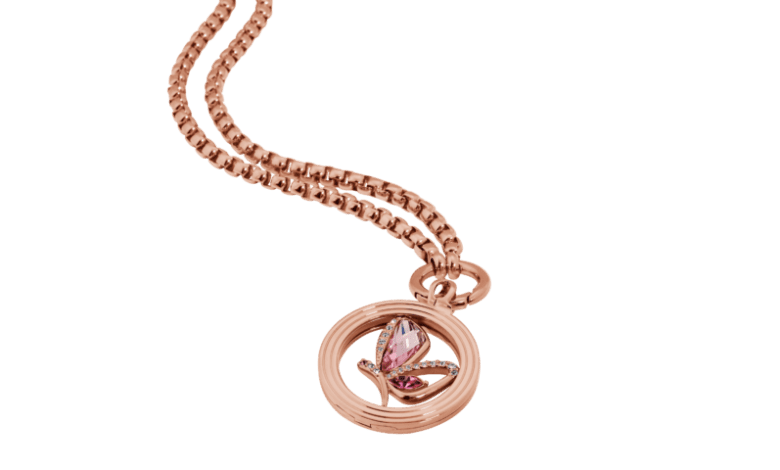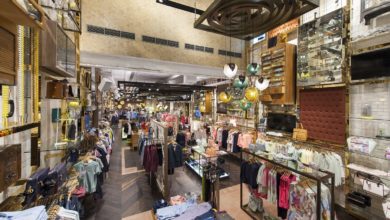What is composable jewellery?
The fashion industry has led to a rise in popularity for composable jewellery, a product that can be continually added to and so brings customers through the door more than once

Creating your own unique look has long been an important part of the fashion industry for decades, from copying the fashion style of Marilyn Monroe to wearing the latest items of clothing from David Beckham, people around the world strive to wear what’s ‘on-trend’.







